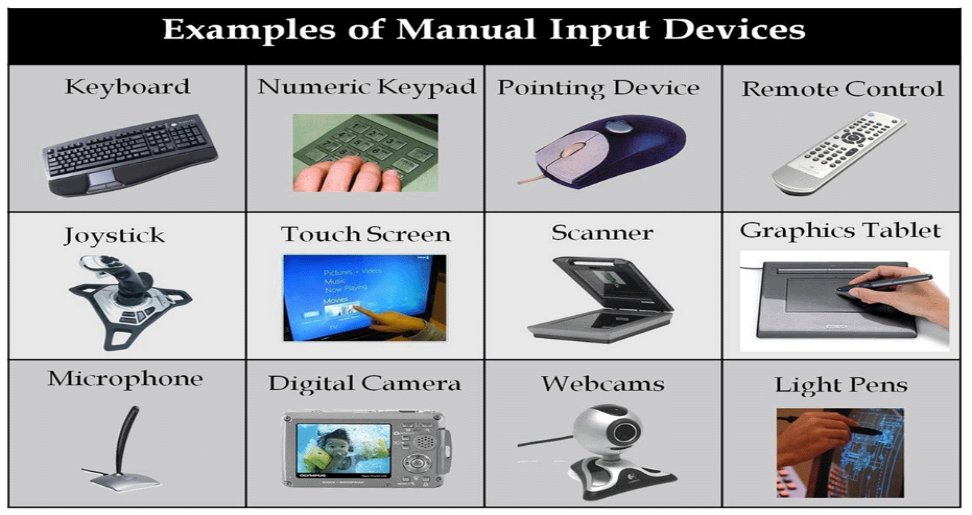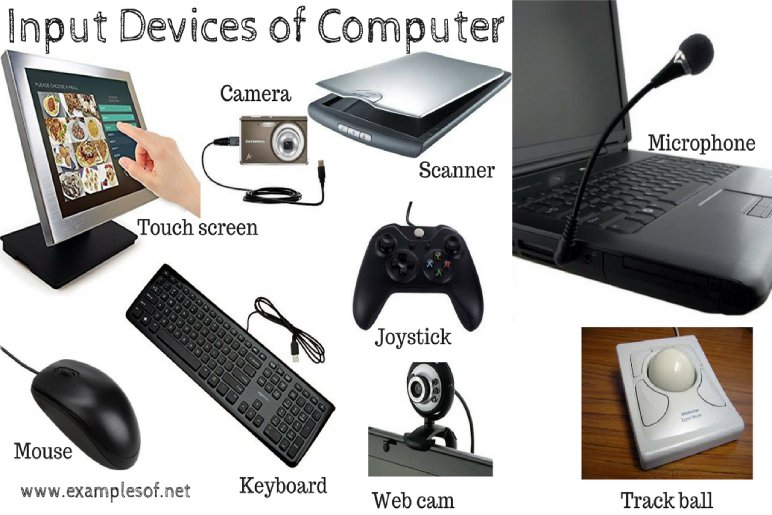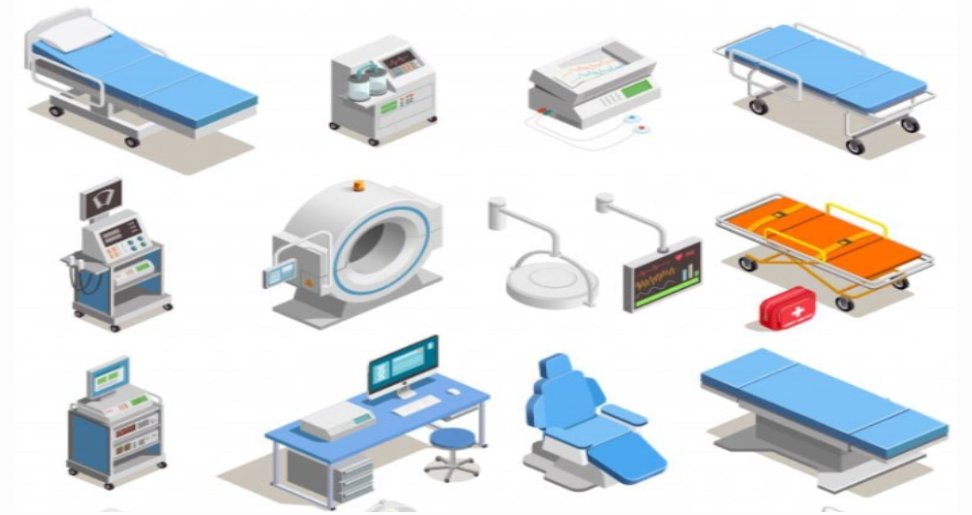A device is a mechanical or electronic instrument designed to perform a specific task or function. It can be as simple as a tool used for manual labor or as complex as a sophisticated piece of machinery. Devices are often characterized by their ability to interact with their environment, either through input or output mechanisms. Examples of devices include computers, smartphones, televisions, cars, kitchen appliances, and even simple objects like hammers or screwdrivers. In essence, a device is any object that serves a particular purpose or fulfills a specific need.
Device in computing

A device in computing refers to any physical component or hardware used in a computer system. This includes everything from the central processing unit (CPU), which is the brain of the computer, to peripheral devices like keyboards, mice, monitors, and printers. Devices can be internal or external, with internal devices residing within the computer case and external devices connecting to the computer through ports. They can be categorized based on their functions, such as input devices (for entering data), output devices (for displaying or producing information), storage devices (for storing data), and network devices (for connecting to other computers or networks).
Device vs. gadget
While the terms “device” and “gadget” are often used interchangeably, there’s a subtle distinction between them. A device typically refers to a mechanical or electronic instrument designed to perform a specific task or function. It implies a level of sophistication and utility, such as a smartphone, a computer, or a medical instrument. On the other hand, a gadget often connotes a smaller, more whimsical or novelty item, often used for entertainment or convenience. Examples of gadgets include a fidget spinner, a pocket knife, or a miniature drone. Essentially, a device is a tool, while a gadget can be considered a toy or a novelty item.
Terms consisting of 2+ words
Terms consisting of 2+ words are phrases that convey a specific meaning when used together. They can be compound nouns (like “firefighter” or “bookshelf”), adjectives (such as “hardworking” or “high-quality”), verbs (like “look forward” or “give up”), or even entire sentences (known as idioms, like “raining cats and dogs” or “break a leg”). These terms often have a more nuanced or idiomatic meaning than their individual words would imply. They can be used to add depth, color, and specificity to language, making it more expressive and engaging.
Medical devices
Medical devices are essential tools in modern healthcare, ranging from simple instruments used in routine examinations to complex technologies that enable life-saving procedures. These devices can be categorized into various groups based on their function, including diagnostic devices (like X-ray machines and MRI scanners), therapeutic devices (such as pacemakers and prosthetic limbs), and monitoring devices (like blood pressure monitors and glucose meters). Medical devices play a crucial role in preventing, diagnosing, and treating diseases, improving patient outcomes, and enhancing the quality of life for individuals with chronic health conditions. Advancements in medical technology continue to drive innovation and expand the capabilities of these devices, leading to more effective and personalized healthcare solutions.
Types of devices

- Tracking Device: A tracking device, also known as a locator or tracker, is a technology that uses various methods to determine the location of an object or person. These devices can range from simple GPS (Global Positioning System) trackers to more sophisticated systems that utilize cellular networks, satellite imagery, or radio frequency identification (RFID) tags. Tracking devices are widely used for a variety of purposes, including personal safety, asset management, vehicle tracking, and law enforcement. They can be embedded in objects, worn on the body, or installed in vehicles, providing real-time or historical location data.
- Storage Device: A storage device is a hardware component used to store data, programs, and other information in a computer system. They provide a persistent means of saving data so it can be accessed and used later. Common types of storage devices include hard disk drives (HDDs), solid-state drives (SSDs), optical drives (such as CD/DVD/Blu-ray), flash drives (USB drives), and cloud storage. Each type has its own characteristics, such as storage capacity, speed, and cost, making them suitable for different applications and user needs.
- Input Device: An input device is a hardware component that allows a user to interact with a computer system by entering data or commands. It acts as a bridge between the human and the machine, translating actions or information into a format that the computer can understand and process. Common examples of input devices include keyboards, mice, touchscreens, scanners, webcams, microphones, and joysticks. Each device serves a specific purpose, enabling users to perform various tasks such as typing text, navigating through interfaces, capturing images or videos, and controlling games.
- Assistive Device: Assistive devices are tools, equipment, or systems designed to help individuals with disabilities perform activities that would otherwise be difficult or impossible. These devices can range from simple aids like grab bars and ramps to complex technologies like motorized wheelchairs and speech-to-text software. They are tailored to meet the specific needs of individuals with a wide range of disabilities, including physical, sensory, cognitive, or learning impairments. Assistive devices can improve independence, quality of life, and participation in society for people with disabilities. They can also help to break down barriers and promote inclusion.
- Security Device: A security device is a tool or system designed to protect people, property, or information from unauthorized access, theft, or damage. These devices can range from simple locks and alarms to complex surveillance systems and biometric authentication technologies. They are essential in various settings, including homes, businesses, schools, and public spaces. Security devices can be passive, such as physical barriers or surveillance cameras, or active, such as intrusion detection systems or access control systems. Effective security measures often involve a combination of different devices and strategies to create a multi-layered approach to protection.
Types of Devices

Devices can be categorized based on their functions, materials, or the industries they serve. Here are some common examples:
Electronic Devices
- Computers: Computers are electronic devices capable of performing tasks automatically and following a set of instructions called a program. They consist of hardware components like the central processing unit (CPU), memory, input/output devices, and storage devices. Software, which is the set of instructions that the computer follows, controls the hardware and determines its functions. Computers have become an integral part of modern society, used for everything from simple tasks like word processing to complex operations like scientific research and artificial intelligence. Their versatility and power have transformed industries, education, and communication, making them indispensable tools in the digital age.
- Smartphones: Smartphones have revolutionized the way we communicate, work, and entertain ourselves. These pocket-sized devices are essentially mini-computers that offer a wide range of functionalities. With high-speed internet connectivity, smartphones allow us to access information, connect with friends and family, and enjoy multimedia content on the go. From checking emails and browsing the web to taking photos and videos, playing games, and listening to music, smartphones have become an indispensable part of our daily lives. Their advanced features and user-friendly interfaces have made them accessible to people of all ages, transforming the way we interact with the world around us.
- Televisions: Televisions, once a luxury item, have become an integral part of modern life. They serve as a primary source of entertainment, news, and information. With advancements in technology, televisions have evolved from bulky cathode ray tube (CRT) models to sleek, flat-screen displays. These newer models, such as LCD, LED, and OLED, offer superior picture quality, energy efficiency, and thinner designs. Smart TVs, equipped with internet connectivity, allow users to stream content from various platforms, play games, and access a wide range of applications. Additionally, televisions have become essential tools for education, as they are used to deliver educational content, documentaries, and live broadcasts of important events.
- Audio Players: Audio players are electronic devices designed to reproduce sound signals. They come in various forms, from traditional CD players to modern digital music players and streaming services. These devices can be standalone units or integrated into other devices like smartphones, computers, or car stereos. They often have features like volume control, playback controls (play, pause, skip), and potentially additional functionalities like equalization, shuffle, and repeat. Audio players can support a wide range of audio formats, including MP3, AAC, FLAC, and more, allowing users to enjoy their favorite music, podcasts, audiobooks, and other audio content.
Read More :
Featured Image Source: https://tinyurl.com/mwf9vbjk

